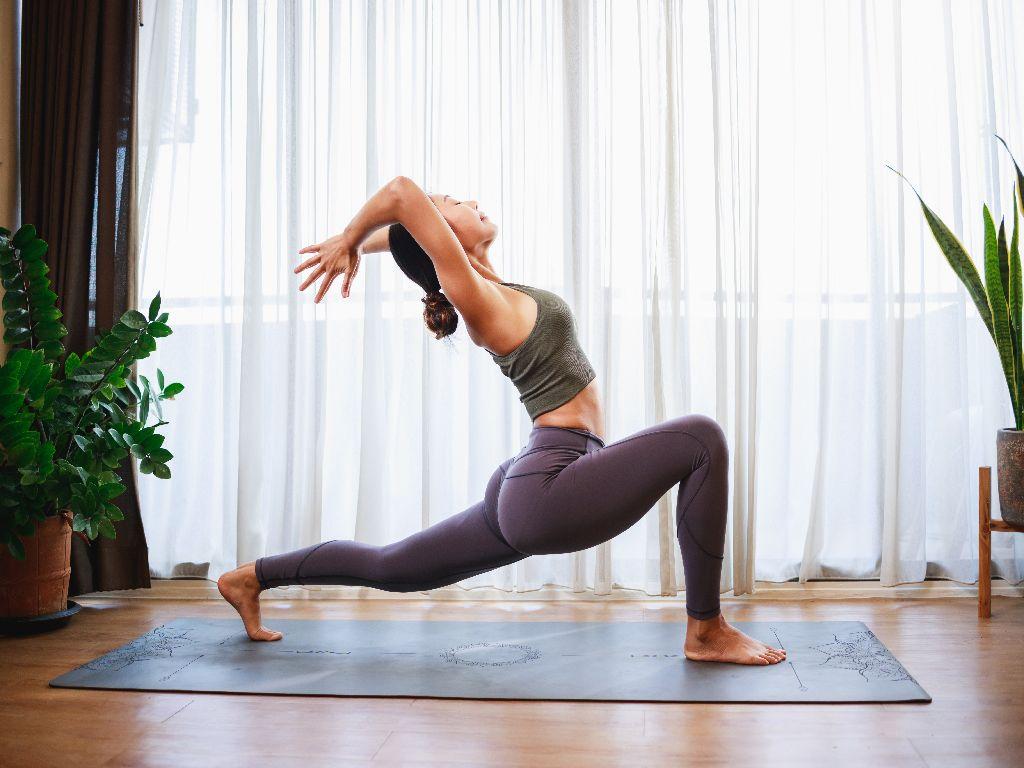Introduction: What Is Yoga?
Yoga is much more than just stretching or holding poses—it's a holistic practice that connects body, mind, and breath. Rooted in ancient Indian philosophy, yoga has evolved into a global movement promoting physical fitness, mental clarity, and emotional well-being.
Whether you’re looking to improve flexibility, reduce stress, or find inner balance, yoga offers something for everyone.
The Meaning and Origin of Yoga
The word "yoga" comes from the Sanskrit root yuj, meaning "to yoke" or "unite." It symbolizes the union of individual consciousness with universal consciousness, or the balance between mind, body, and spirit.
Yoga dates back over 5,000 years and is one of the six schools of classical Indian philosophy. It was first systematized by Patanjali in the Yoga Sutras, outlining the Eight Limbs of Yoga, which guide ethical living, breath control, physical postures, and meditation.
Benefits of Yoga
Practicing yoga regularly offers a wide range of physical, mental, and emotional benefits:
Physical Benefits:
-
Increases flexibility and muscle strength
-
Improves posture and balance
-
Enhances respiratory health
-
Supports joint and spine health
-
Aids in weight management
Mental and Emotional Benefits:
-
Reduces stress and anxiety
-
Boosts mental clarity and focus
-
Enhances emotional resilience
-
Encourages mindfulness and inner calm
Popular Types of Yoga
There are many styles of yoga to suit different goals and fitness levels:
-
Hatha Yoga – A gentle introduction to basic poses and breathing.
-
Vinyasa Flow – A dynamic, fast-paced practice linking movement and breath.
-
Ashtanga Yoga – A rigorous sequence of postures practiced in the same order.
-
Bikram/Hot Yoga – Performed in a heated room to improve flexibility and detoxify.
-
Yin Yoga – A slow-paced practice that targets deep connective tissues.
-
Restorative Yoga – Uses props to support the body in passive stretches for relaxation.
-
Kundalini Yoga – Combines breathwork, chanting, and movement to awaken energy.
How to Start Practicing Yoga
If you're new to yoga, getting started is simple:
-
Choose the right style based on your goals (flexibility, strength, stress relief).
-
Start with beginner-friendly classes online or at a local studio.
-
Use a yoga mat and comfortable clothing.
-
Listen to your body—never push into pain.
-
Practice regularly, even 10–15 minutes a day makes a difference.
Yoga and Mindfulness
One of yoga’s core teachings is living in the present moment. Breath awareness, meditation, and conscious movement train your mind to stay focused and calm. Over time, yoga becomes a powerful tool for mindfulness and emotional regulation.
Yoga for Everyone
You don’t need to be flexible, young, or fit to practice yoga. Yoga meets you where you are, whether you're:
-
A beginner seeking stress relief
-
An athlete looking to improve performance
-
Recovering from injury
-
Managing chronic pain or anxiety
There’s no competition or judgment—only progress and personal growth.
Final Thoughts: Why Yoga Matters Today
In a world full of distraction and disconnection, yoga brings us back to what matters: presence, balance, and breath. It’s a practice of self-care, self-discovery, and self-love that continues to transform lives around the world.
Whether you're stepping onto the mat for the first time or deepening your existing practice, yoga offers a path to a stronger, calmer, and more connected you.


